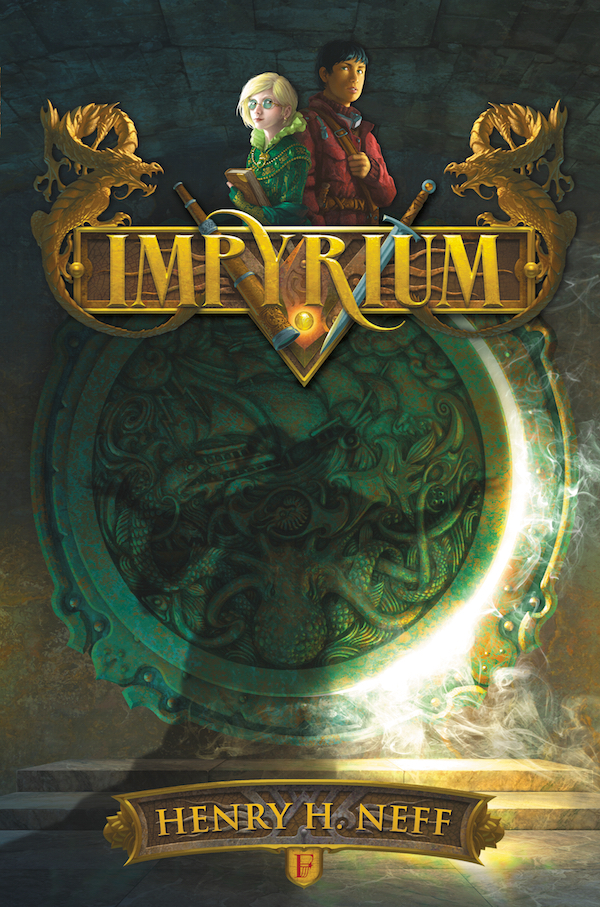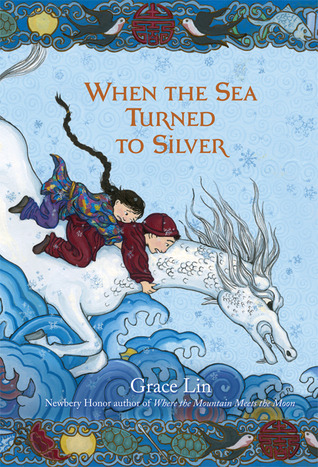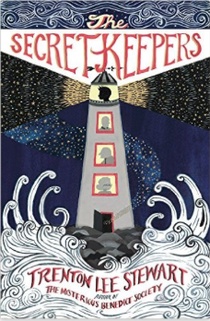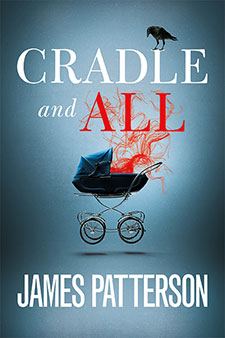Iron Cast
What if poets, musicians, painters, and actors—who have art and talent in their blood—could use their craft to weave magic, much like the magic that scientists work with chemical reactions, cymatics, and other means to make the impossible suddenly appear possible? This is only one of the questions that Destiny Soria explores in her debut book, Iron Cast. Her plot and its conflicts make readers think more deeply to wonder why society is so eager to marginalize those who are different. Although differences in socioeconomic circumstances, language, ethnicity, age, race, place, religion, exceptionality, gender, and health have potential to cause division, the world might be aRead More →







